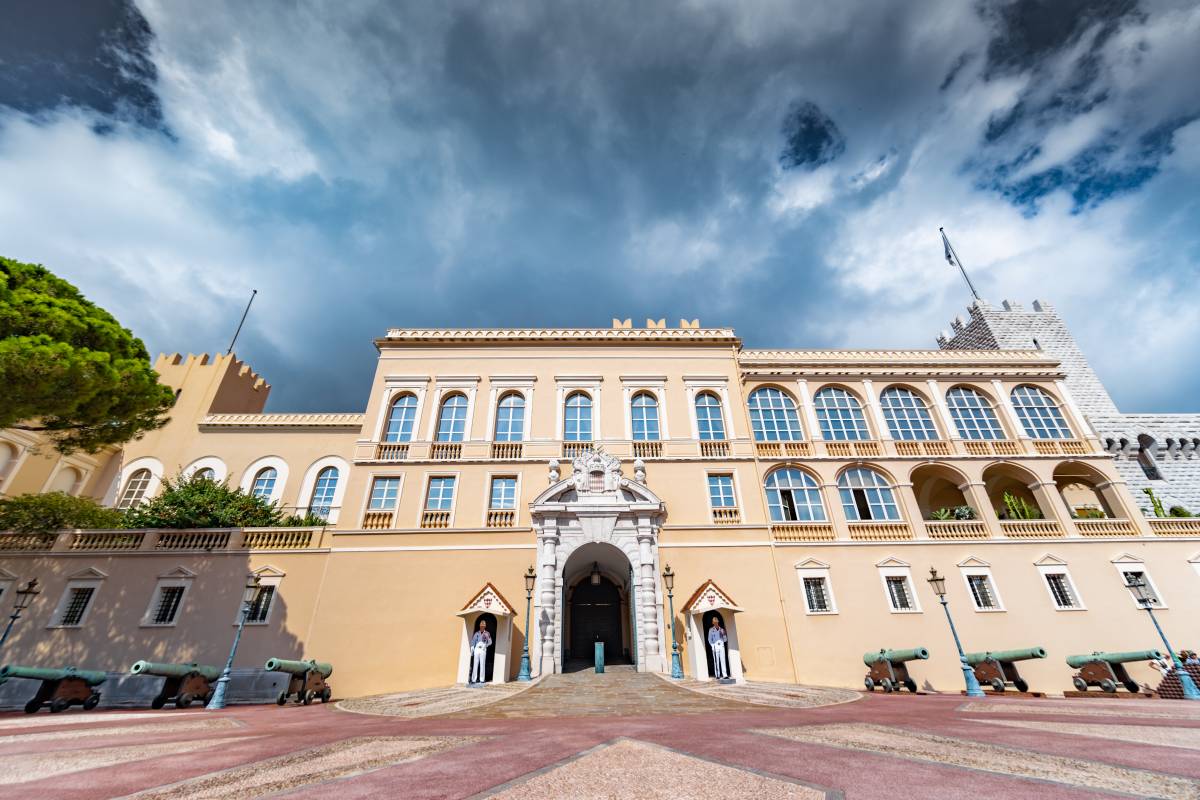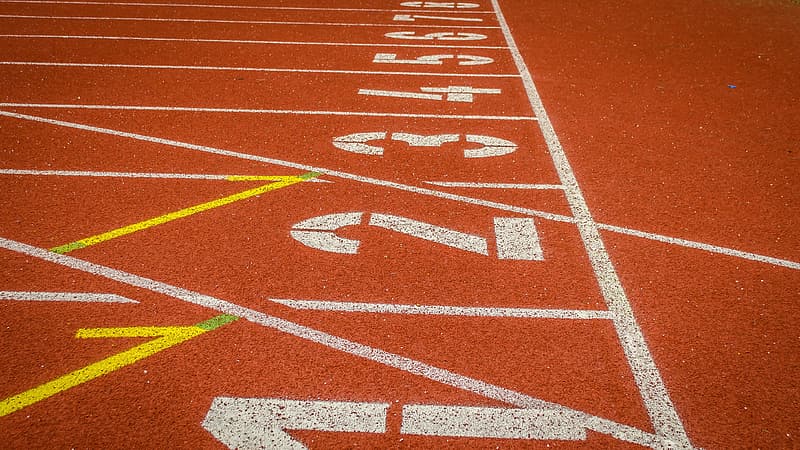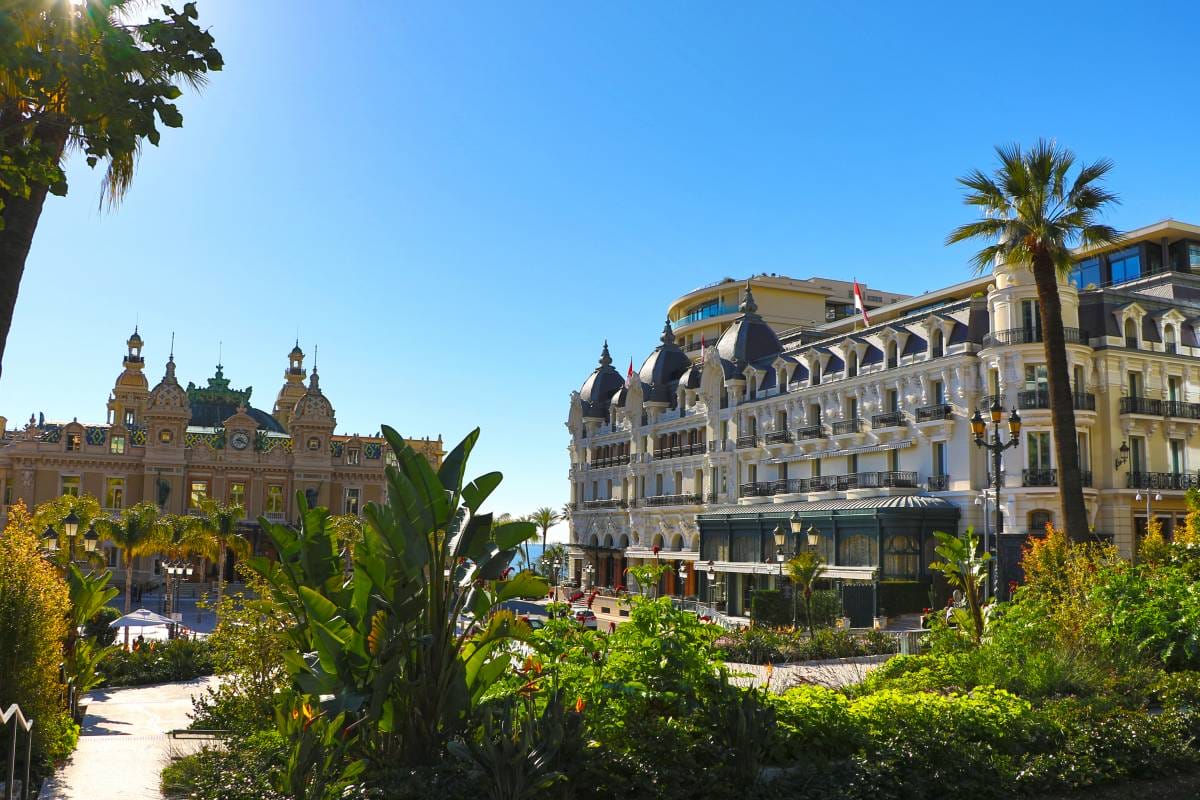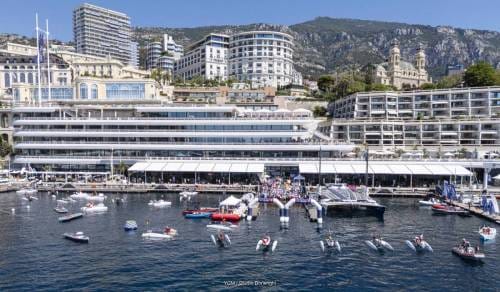A collector launches a nose investigation to prove that the 65 drawings discovered by the President of the Monaco Sales Hall are the work of a forger. Not so simple…
Started last November at an incredible press conference in Paris, denunciations of the Brouillard d’Arles were strong. While the reproductions of 65 unpublished drawings attributed to Van Gogh by the president of the Monte Carlo auction house, Franck Baille, remains shunned by the Van Gogh Museum in Amsterdam, the latter has even greeted, by the voice of researcher Teio Meedendorp, the theory of a Gauguin specialist exiled in Mexico.
Since the publication of the Brouillard d’Arles and the vitriolic release from the Van Gogh Foundation, public criticism has dried up. The Dutch institution rejected public debate, much to the dismay of the author of the book (Bogomila Welsh-Ovcharov) and its publisher Bernard Comment and art market players were reluctant to deliver their personal convictions – probably cooled by a few peers.
But a few days ago, in support of the drawings and self-portrait of Gauguin initiated by Fabrice Fourmanoir, an art historian, La Tribune de l’art offered its readers a pamphlet on the Brouillard d’Arles.

Issue of the well-articulated story endorsed by Van Gogh expert, Ronald Pickwance. In the dust bins, the cluster of clues gathered during almost 10 years of investigation by Franck Baille and an army of documentalists. The author of the paper, Didier Rykner, carved out all the authenticity of the book of drawings on the basis of a gross error: the shape of Gauguin’s nose. Contacted, Fabrice Fourmanoir, abandons his “swindling” theory with other examples. If he concedes that he has waited impatiently to see the work and discover Van Gogh’s only referenced portrait of Gauguin, he does not recover from his disappointment. According to him, Gauguin’s nasal septum, his “Inca nose”, has always deviated to the left. Or right, in the self-portraits, because of the mirror effect. This drawing is therefore only the work of a forger inspired by the famous self-portrait of the Yellow Christ. He adds that Gauguin “parted his hair on the left side, usual for men at the time.” And to close his observations: “He looks like an illiterate peasant, a dazed man, but he had a great concept of his person and his art”. The pleading of the enthusiast is supported by comments on another drawing. The boats at Saintes Maries-de-la-Mer and its “incoherent front” with sails, and its sailors badly positioned to maneuver the godilla.
Science to the rescue?
Offensive criticism for Bogomila Welsh-Ovcharov, who demands a serene debate and the respect of the freedom of expression from enthusiasts, believes it is a portrait of Gauguin.
“This is a discussion I had with Ronald Pickvance and other historians. If it turned out that the identity is not Gauguin’s, it does not detract from the fact that it is indeed a book of drawings by Van Gogh!”
The expert pleads the “artistic license”, the “interpretation” of the artist. In short, freedoms “as in many of his works, including those exhibited at the Van Gogh Museum”. In support of Franck Baille, she criticizes “a new campaign of destruction” and questions the “genius forger” invoked by these accusations, and who would have gone through decades without the least recognition or gain… a credible deduction. Contacted as a specialist of the Pont-Avenet de Gauguin school, Caroline Boyle-Turner had not seen this controversial drawing.

“After studying the well-known photographs of Gauguin and his self-portraits, I do not see enough resemblances with Gauguin to have a final opinion on the question of authenticity.” But to clarify: “The nose is the only thing that resembles Gauguin, but the ears are too clear of hair… The difficulty is that this portrait is frontal and not a profile, like all known images of Gauguin. As for the part in his hair, it is not visible, in self-portraits one does not see a part but two and the hairs in the middle are shorter and almost vertical.” In the 21st century, science often has the last word and Franck Baille intends to help it speak. New research, such as ink analyzes, among others, promise to shed light on the affair in time for spring…
François Tajan: “After calumny, something always remains”
The deputy chairman of the auction house Artcurial, François Tajan – familiar to the Monegasques – is foreign to the Van Gogh affair and intends to remain so. He readily admitted it, and he had not forged his own opinion: “It must really be for specialists and experts to decide.”
A prudence resulting from an unfortunate experience with Van Gogh, in the 90s which, in retrospect, was very interesting.
“At the time when my father (Jacques) was given the painting ‘The Garden at Auvers’, a rumor was born that I have always considered unfounded, from experts, but it is always the same, after calumny, something always remains. And after that, everyone had calmed down a little, when all the Van Gogh specialists had been consulted. Moreover, the painting was known and referenced in heaps of works. It is also the dangers of excessive medicalization that makes people who were in no way Van Gogh specialists take part in crusade against this painting. Without any legitimacy but they nevertheless managed to trigger a kind of suspicion.”
A suspicion that remained until the auction was over!
“The day of the sale to Georges-V, not a bid was made and not even by the museums that would have bought it…” said the auctioneer, who nevertheless recalls that the experts at Christie’s, Sotheby’s, and even the Chief Curator of the Van Gogh Museum in Amsterdam, Louis Van Tillborgh, had “unanimously” recognized the stamp of the famous artist with one ear.
At the time, the attack on the authenticity of the painting was born from an article published in the ‘Canard Enchaîné’, mentioning an unpublished investigation by a Figaro journalist showing suspicion in regards to the authenticity of the painting. “Van Gogh has always been attached to stories, to unknowns, to things in the shadows. A kind of tragedy…” concludes FrançoisTajan.








